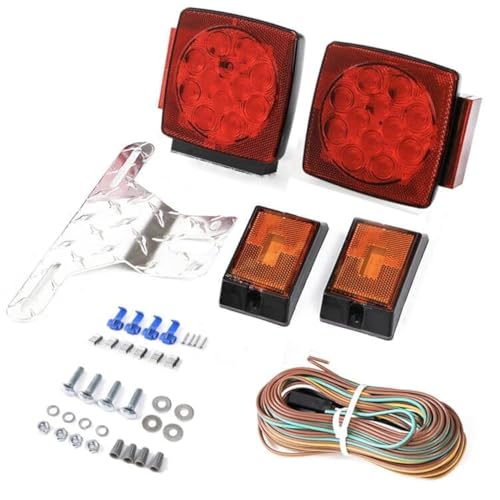Here are a couple of pictures of my permanent boat cover setup.
This is how it looks from the front quarter. Nice and tight, snow, rain and ice just slide right off. I rarely have to knock snow off, but we live in Virginia:

You may notice the cat trotting toward the boat. They are my biggest issue, and the next few pictures will show why...
Here is a picture from behind. Everything nice and tight, but lots of air space, so I get NO mold

Looking up from below, you can see how much clear ventilation I have, but not a leaf will go into it:

This space is why the cats are a pain and a blessing. With three of them, we have NO problem with mice anymore. The only mice we see are the dead ones the cats bring us. But that being said, during the winter, inside my boats is the cats favorite place to snooze. Soft carpet, sheltered from the elements, and it warms up in there nicely on warm days.
I can't blame them, but it is annoying to find cat hair in the carpet!
I have found ways to stop them from getting in, but the battle isn't worth it. I found the best remedy is to lay an old dog towel up on the rear deck. The cats almost always prefer to sleep there, saving me much aggravation.
I've been using this cover system for a number of years, and it's cheap and very effective. Better than any custom or generic cover I've ever used.
For this reason, regardless of WHAT wood I use, even if it was untreated, my decks would last a very long time.
I hope this is helpful to someone.




























































